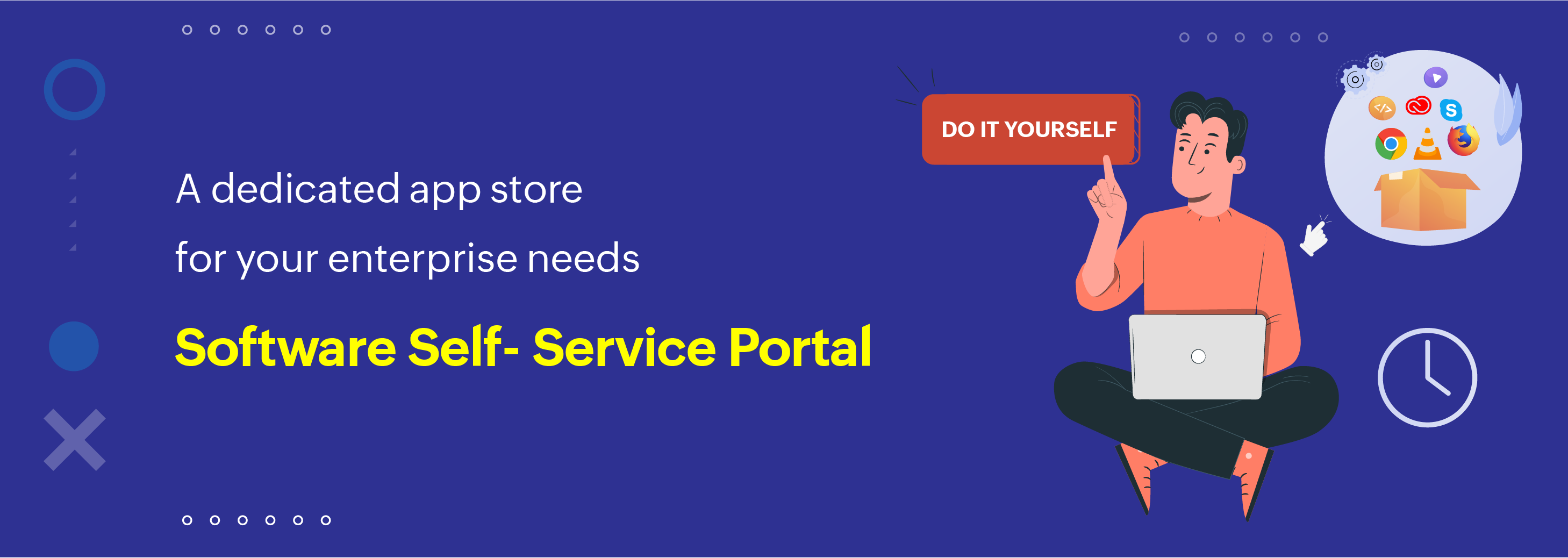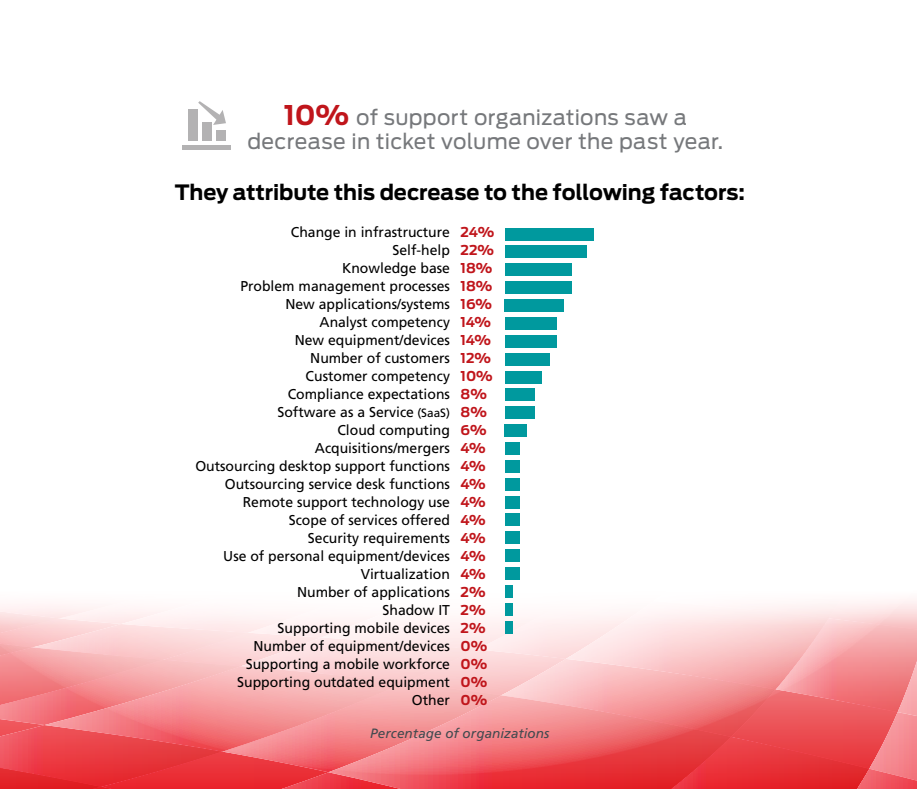
Imagine you’re in an airport and going through security. Why do you have to go through such rigorous checks? These security checks protect the passengers and the aircraft themselves from accidental harm and possible crime.
Assume you’re in the office now. You enter the office after showing your ID card. Even if you forget your ID card, all you have to do is tell the receptionist your employee ID and they can let you in. Since employees are regular office-goers, the company has sufficient information on them to grant them access to the office safely.
In an enterprise where many applications are installed on a daily basis, you need to ensure that any applications or software installed are both secure and also accelerate productivity. Similar to office employees, you have departmental software, which is common to all the endpoints in a department. It’s installed during the onboarding process, and the admin has all the necessary inventory reports on it. On the other hand, there are applications that are installed based on an individual employee’s requirements. Like in an airport where travelers are irregular and undergo rigorous checking, the admin has to validate the necessity of these applications and accordingly authorize their use.
Why is a self-service portal important?
Every second counts when it comes to business. Applications were created to speed up corporate procedures. To increase productivity, businesses are supplementing their productivity with best-in-class functionality. In 2021, organizations used an average of 110 apps, out of which only 7-10 were used on a daily basis. Every end user strives to be productive; to ensure seamless productivity, organizations deploy applications.
Key questions for every admin to self-evaluate:
-
Are these applications useful for every employee who joins?
-
Is this software secure?
-
How much time is invested in application deployment?
-
Do all the applications actually meet the requirements of the employees?
-
What happens when an employee is only using a few of those applications?
-
What happens to unused applications?
-
Can the applications be uninstalled without going through a minimum of two days of formalities?
One of the primary roles of a sysadmin is to distribute apps. They typically deploy a common set of applications since deciding which apps an individual employee needs or doesn’t need isn’t feasible. For example, a marketing analyst’s application requirements are different from a developer’s application and software requirements.
When an employee requires a certain application, they have to raise a ticket, which is assigned to a technician. The technician contacts the admin, who determines if the user really needs the application and then grants access. Then, the technician works to deploy the software to the user’s endpoint. Though for the admin and the technician this process may take only 5-10 minutes, the end user could lose one or two productive days. Generally, level one IT issues consume most of an IT professional’s time. A self-service portal is a win-win situation since it allows IT experts to save time and money while also allowing customers to obtain answers more quickly.
So, how does a software self-service portal help?
HDI’s 2016 Technical Support Practices and Salary Report states that 22% of organizations saw a decrease in support tickets owing to the implementation of a self-service portal.

Source: HDI
A software self-service portal is a catalogue of commonly used applications which are available at the user’s convenience. With a software self-service portal, you can:
-
Save time and Increase productivity:
Time is money. When an employee is able to install applications according to their requirements, they can spend time productively on other important tasks rather than waiting for an admin to install them. -
Reduce help desk tickets:
Level one IT problems seem to take up most admins’ time, but you can reduce that by automating tasks using a software self-service portal. -
Monitor applications:
You can always restrict application installation by configuring software under “requires admin’s approval.” This ensures you stay informed about which application is installed where.
When it comes to businesses spread far and wide, automation is key. Ensure you invest in an endpoint management solution that offers a self-service portal as one of its features for seamless and unhindered business operations.


Hi, we are using Endpoint Central, and we want to know if there is a procedure to create Software packages outside of the ones provided. We have some apps that are not included on this service and we want to add it to the Self Service Portal
Thanks for your answer